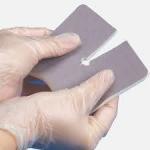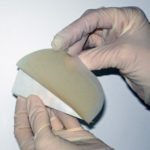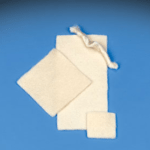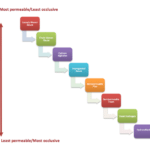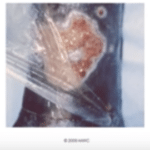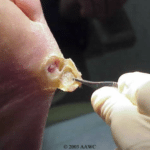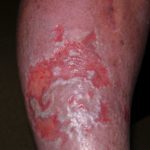The Continuum of Wound Dressings: Silver Dressings
It has long been known that silver is an effective antimicrobial. In fact, silver has been used as a topical antimicrobial agent for hundreds of years. In recent years, a large number of dressings containing silver compound or a compound that releases silver slowly over time have been developed, adding to the wound care dressing…

